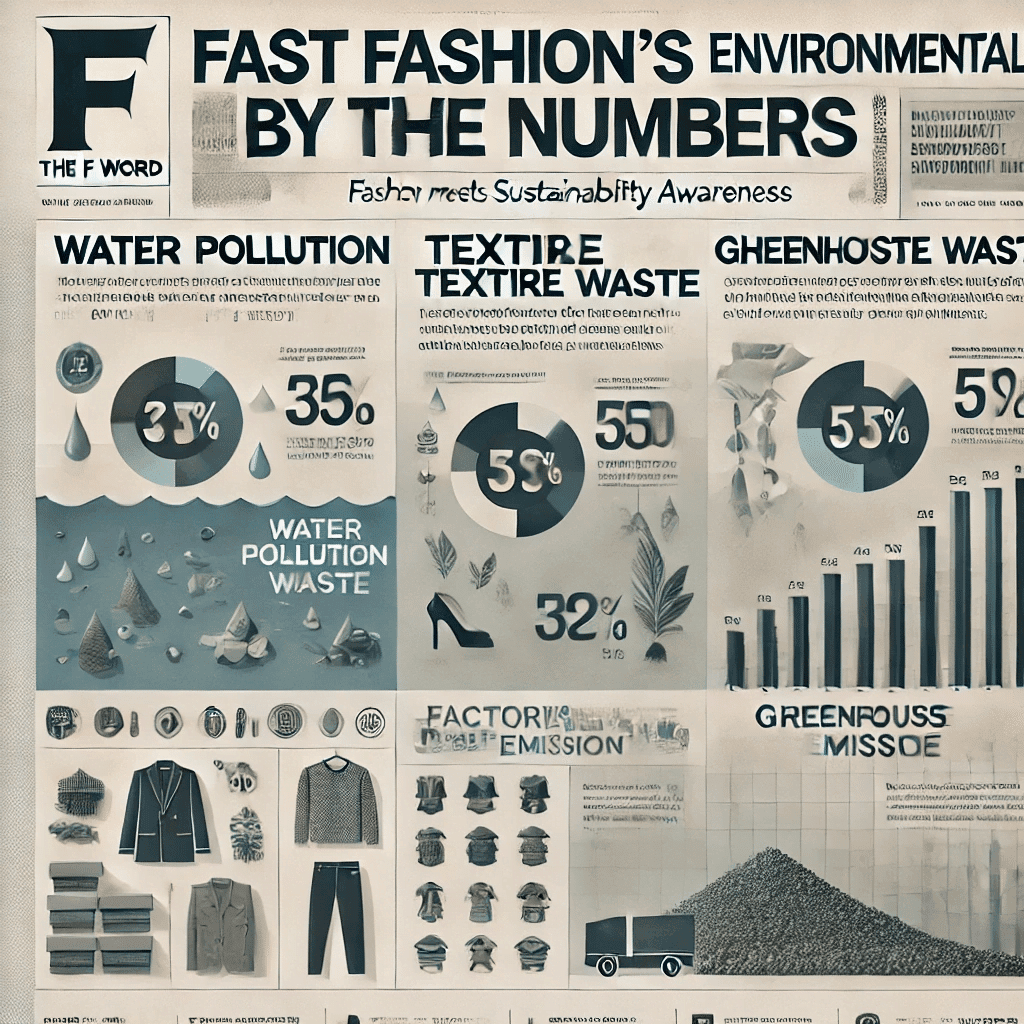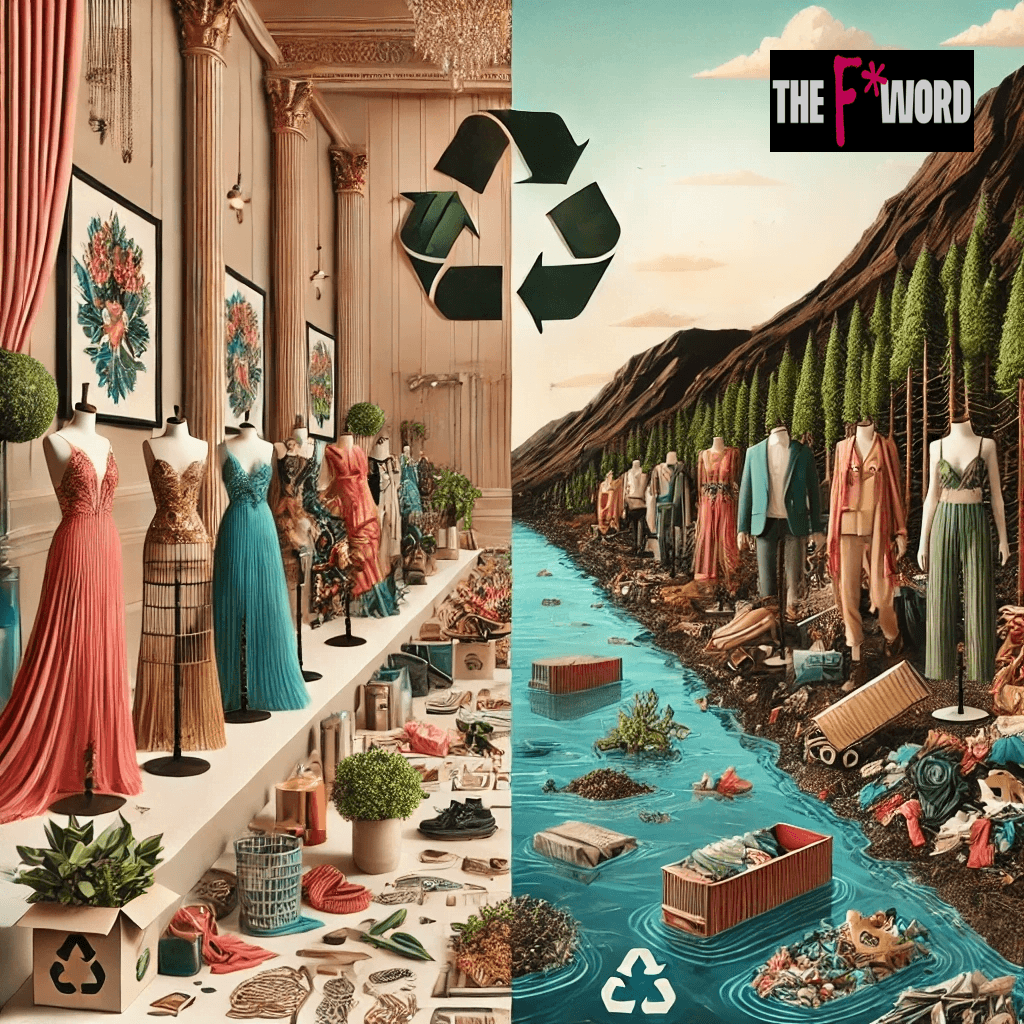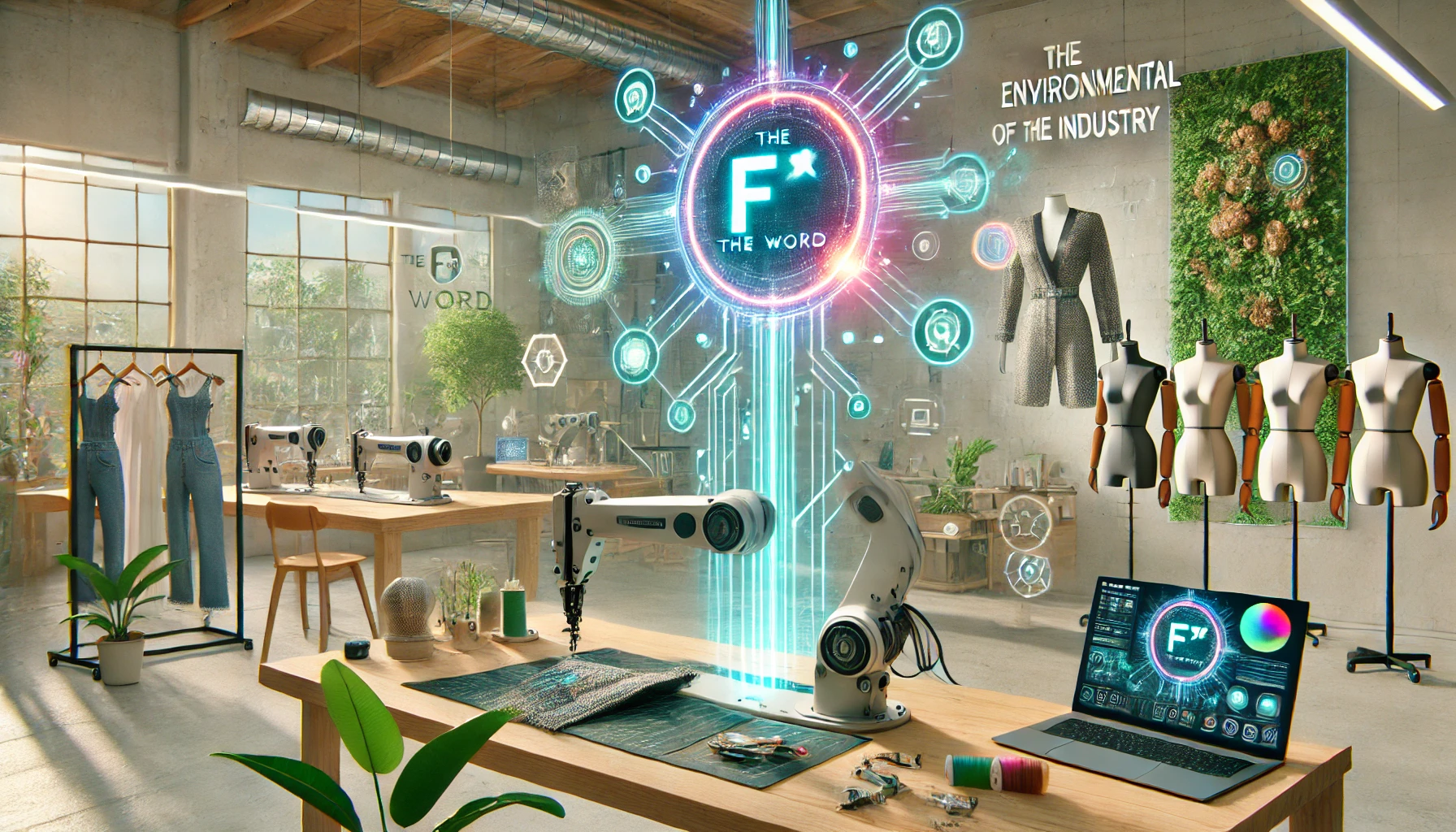How do people feel about sustainable fashion? Let’s explore attitudes towards sustainable fashion and how they are shaping the industry.
Look in your closet; do you wear all those clothes? It’s never been easier to buy clothes, yet we often feel like we have nothing to wear.
Ads, social media stores and influencers constantly persuade us to get the latest trends. This means the fashion industry speedily releases style after style, designed to be quickly discarded in favor of the following trend.
As this relentless cycle has gravely impacted the environment, the fashion industry is shifting towards sustainability.
The Conscious Consumer: Shifting Attitudes Towards Sustainable Fashion
Shoppers aren’t just looking for stylish clothes—they’re increasingly mindful of the impact their purchases have on the planet. This shift in attitudes towards sustainable fashion is driving demand for transparency about how garments are made, what materials and tools are used, the eco-friendliness of production processes, and whether fair labor laws are followed.
Interestingly, people still need convincing that digital fashion offers a more sustainable alternative to physical clothing. However, attitudes are changing. According to a study by the French Institute of Fashion, French, German, and Italian consumers now view sustainable garments as just as fashionable and stylish as their non-sustainable counterparts.
There’s also a growing focus on material quality, with shoppers aiming to buy fewer clothes that last longer. Sustainability is increasingly associated with domestic production, and the second-hand market has become a preferred method of sustainable consumption.
Globally, over one-quarter of consumers reported a shift toward purchasing more sustainable products, according to Statista. In the U.S., attitudes reflect a desire for greater environmental responsibility from the fashion industry, with quality, health benefits, and supporting good causes being key motivators for buying eco-friendly fashion items.
Nevertheless, challenges remain. Over half (56%) of U.S. fashion consumers feel that sustainable fashion prices are too high, presenting a significant barrier to adoption. Despite this, shifting attitudes towards sustainable fashion indicate a growing priority for aligning style with responsibility.
The Power of the Digital: Transforming Attitudes Towards Sustainable Fashion
Digital fashion is revolutionizing the industry and reshaping attitudes towards sustainable fashion by offering innovative, eco-conscious alternatives. Let’s break down why it’s gaining traction among those who care about the planet:
- Low to Zero Waste: Unlike physical fashion, which generates significant waste, digital clothing creates stunning garments without using a single thread. Even when 3D fashion models are manufactured, on-demand production drastically reduces waste from leftover fabric and unsold inventory.
- Experimentation: Digital fashion empowers designers and consumers to experiment with bold, innovative styles without committing to specific fabrics or resources. This freedom to explore countless looks eliminates the environmental cost associated with overproduction and material waste.
- Self-Expression, Empowered: Virtual realms, like the Metaverse, are rewriting the rules of fashion. Here, people use digital clothing to express their individuality in ways that defy the limitations of physical materials. These garments allow for creativity and textures that break the boundaries of physics, further enhancing attitudes towards sustainable fashion by showcasing the possibilities of a greener future.
By reducing waste and fostering creativity, digital fashion is proving to be a powerful tool in reshaping the industry and influencing sustainable choices.
The challenge: Perception vs. Reality
Here are the potential roadblocks for mass adoption of digital fashion:
Its “Realness”: Consumers are divided on whether digital clothes hold the same appeal as physical ones.
Accessibility: As digital fashion is in its early stages, some experiences and 3D fashion design software have a high-cost barrier to access.
We must make digital fashion accessible for everyone, both in price and ease of use, to build a sustainable future for fashion.
Is sustainability a priority when you buy fashion? Tell us in the comments!




